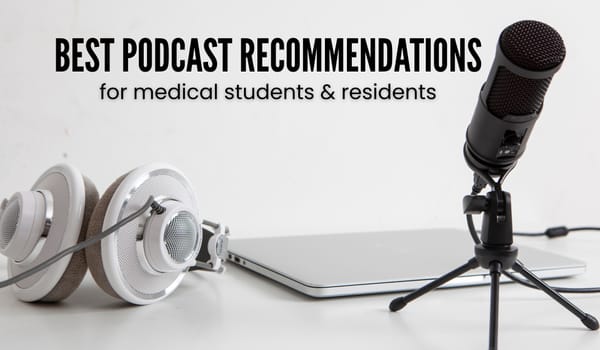How to Create a Compelling Poster Presentations for an Academic Conference
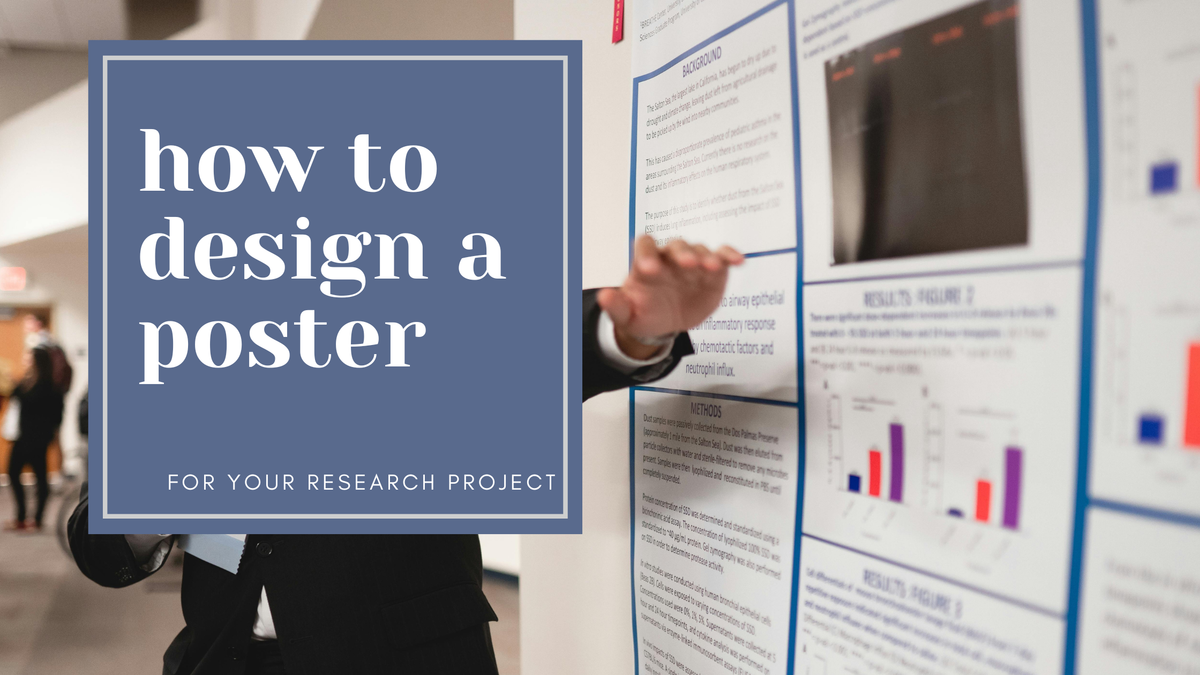
Your case report was accepted (YAY!) but now... now you have to actually follow through and create a poster presentation.
Ooof. I feel you.
I'm by no means an authority on this subject, as I'm rather new to the academic world and entirely self-taught.
But here are some of the things I've learned: I'm sharing with the hopes that it helps YOU.
[If you're not sure how to start writing a case report, check out my blog post that addresses that, linked at the bottom of this article!]
Tips for Your Poster:
- Come up with a catchy title: a pun, a mystery, something unique. Think "A Case of the Missing Kidney" instead of "Renal Agenesis: A Case Study" as an example. Make the title big and easy to read.
- Go to the conference website and/or acceptance email and read their instructions thoroughly. More often than not it'll answer a ton of your questions. Here is the snippet from the AAEM conference I attended in 2025:

- Use more pictures than words: make it so that you can clearly read it from a few feet away. Avoid lots of blocks of text. Use diagrams, pictures, charts/tables. Your goal: visually appealing. Make it pop and have fun with it!
- Make sure you spell check x3 and do not misspell your name, your institution's name or your collaborators' names (awkward).
What I wish I knew:
First and foremost, your program MAY HAVE an in-house graphic designer whose job it is to help you with these posters. For my program, we had a lovely gentleman who not only sent a template in PowerPoint for me to use but also made adjustments and printed it, free of charge.
How to find this person?
- As your program director / GME head.
- Ask fellow residents who have presented before – that's how I figured out that we had this free service.
For my second set of posters, I used Canva (Pro, but the free version is likely sufficient). The important thing is to get the dimensions right, so be sure to refer to the email/website where they specify that: each conference has different dimensions.
For printing, if you don't have an in-house graphic designer, reach out to the conference. For the MEMC25 in Budapest, the conference was affiliated with a printshop and it was very streamlined: I sent in the file and then picked it up the week of the conference and paid on-site.
Helpful resources:
AAEM shared these resources in their acceptance email, so huge thank you to them for these and I hope they help you, too!
- free templates: check it out here
- design tricks & tips website with a wealth of information!
Here's a sample of one of my posters. This is definitely not an award winner, but if you needed an idea of what a poster could look like, here you go:
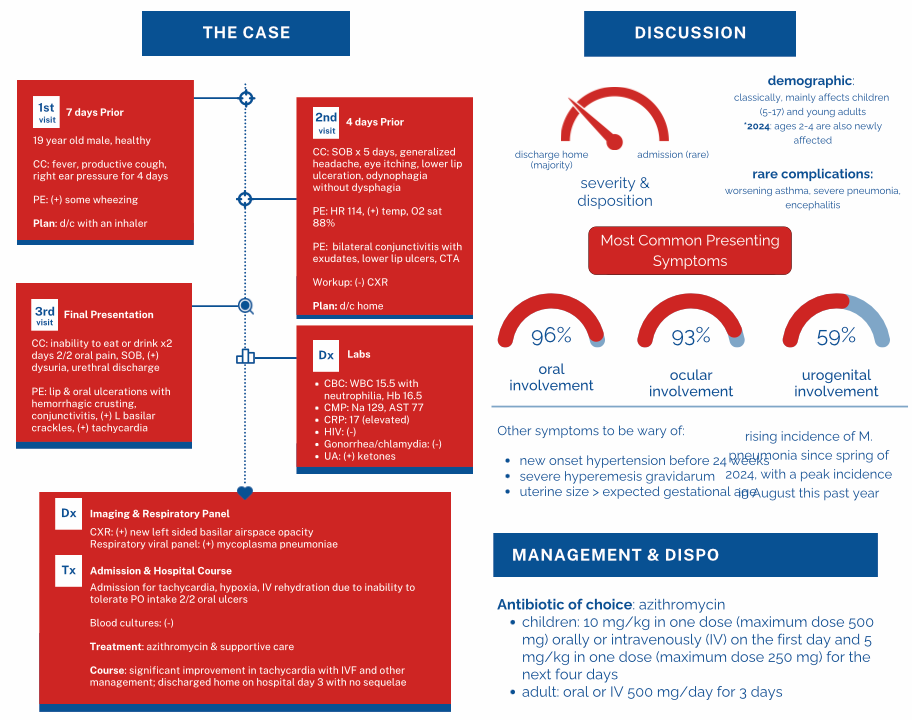
Let me know if you have other questions – happy to try to help. Here are some other blog posts that might be relevant to you:
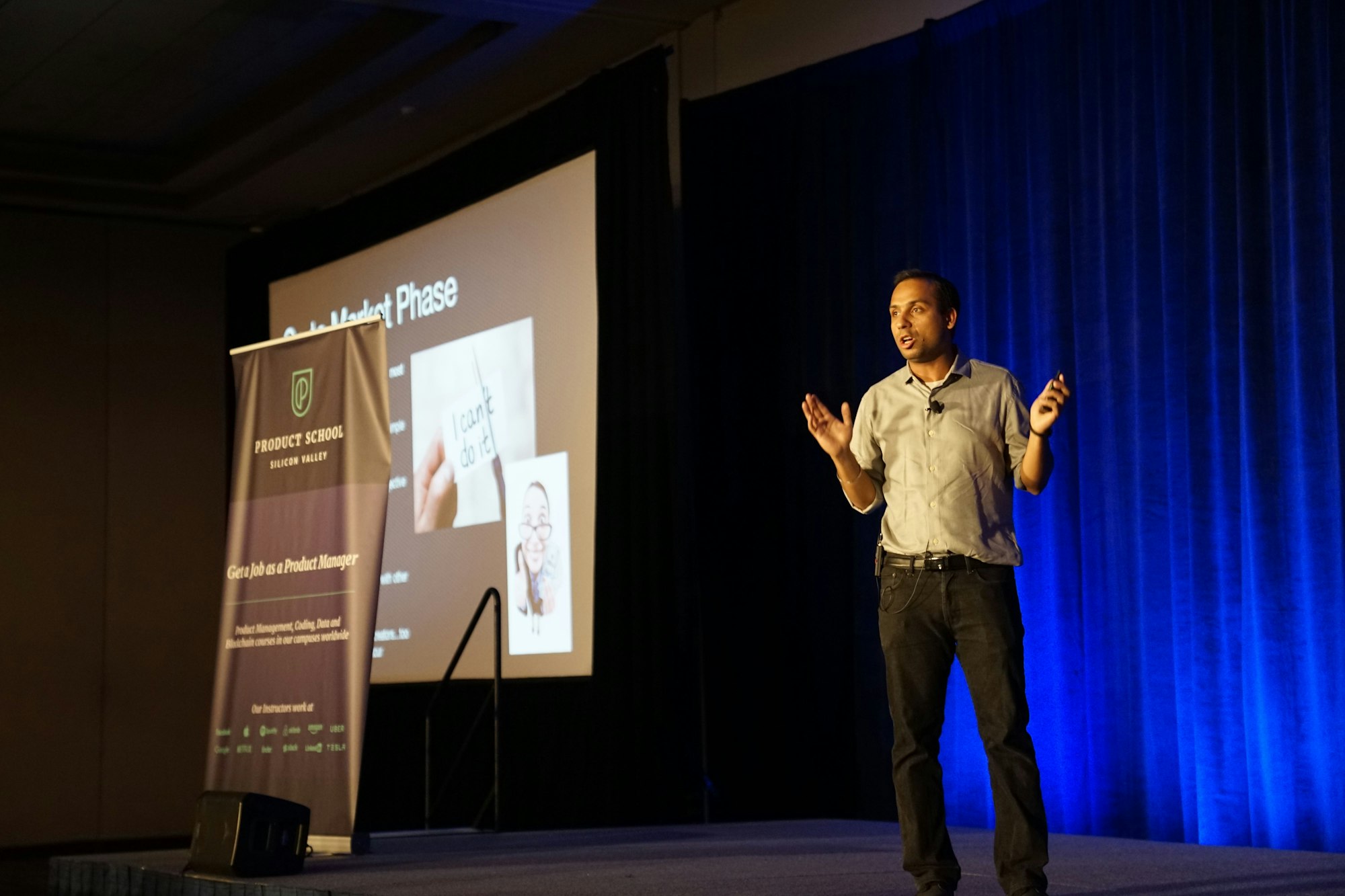
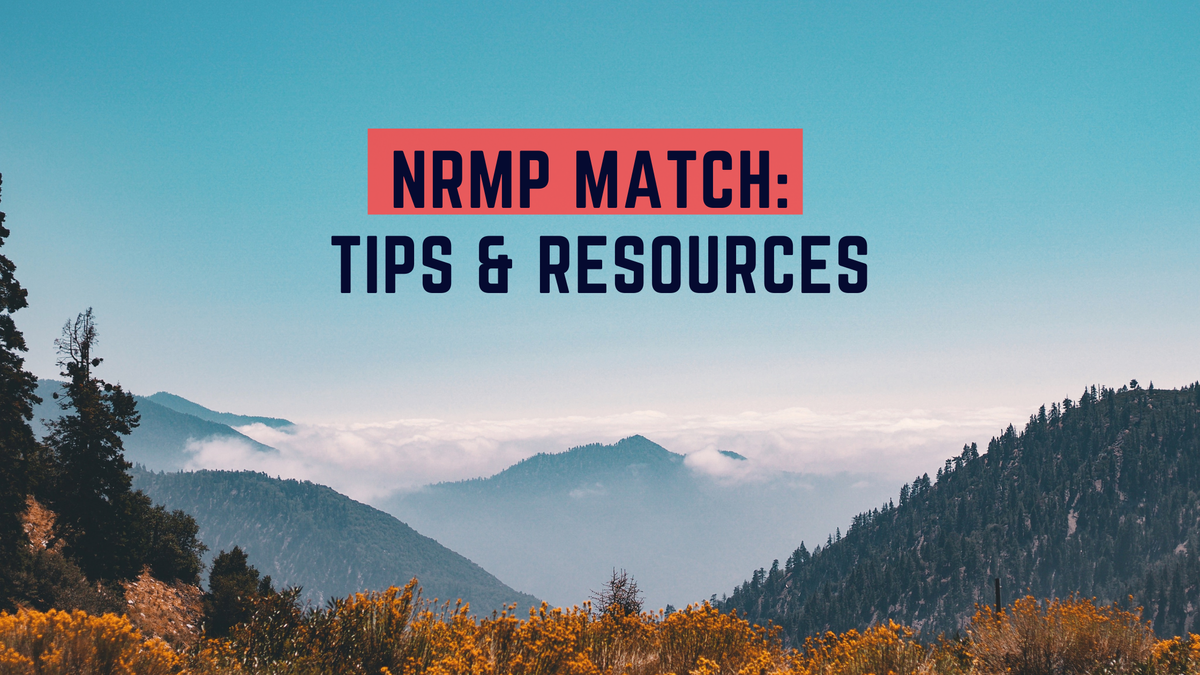
Follow my journey as an ED attending and educator on Instagram at @a.youngdoctors.journey.



